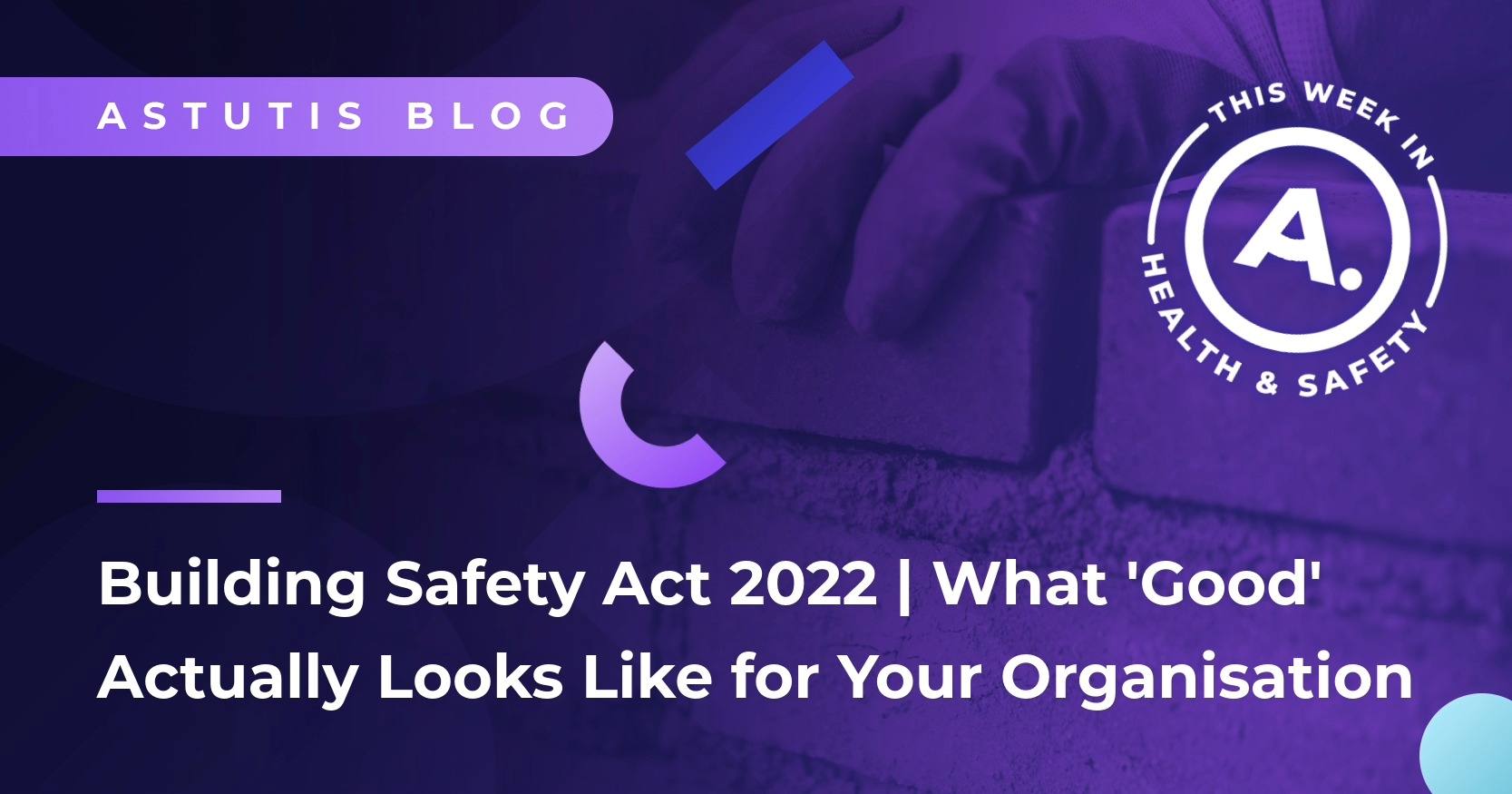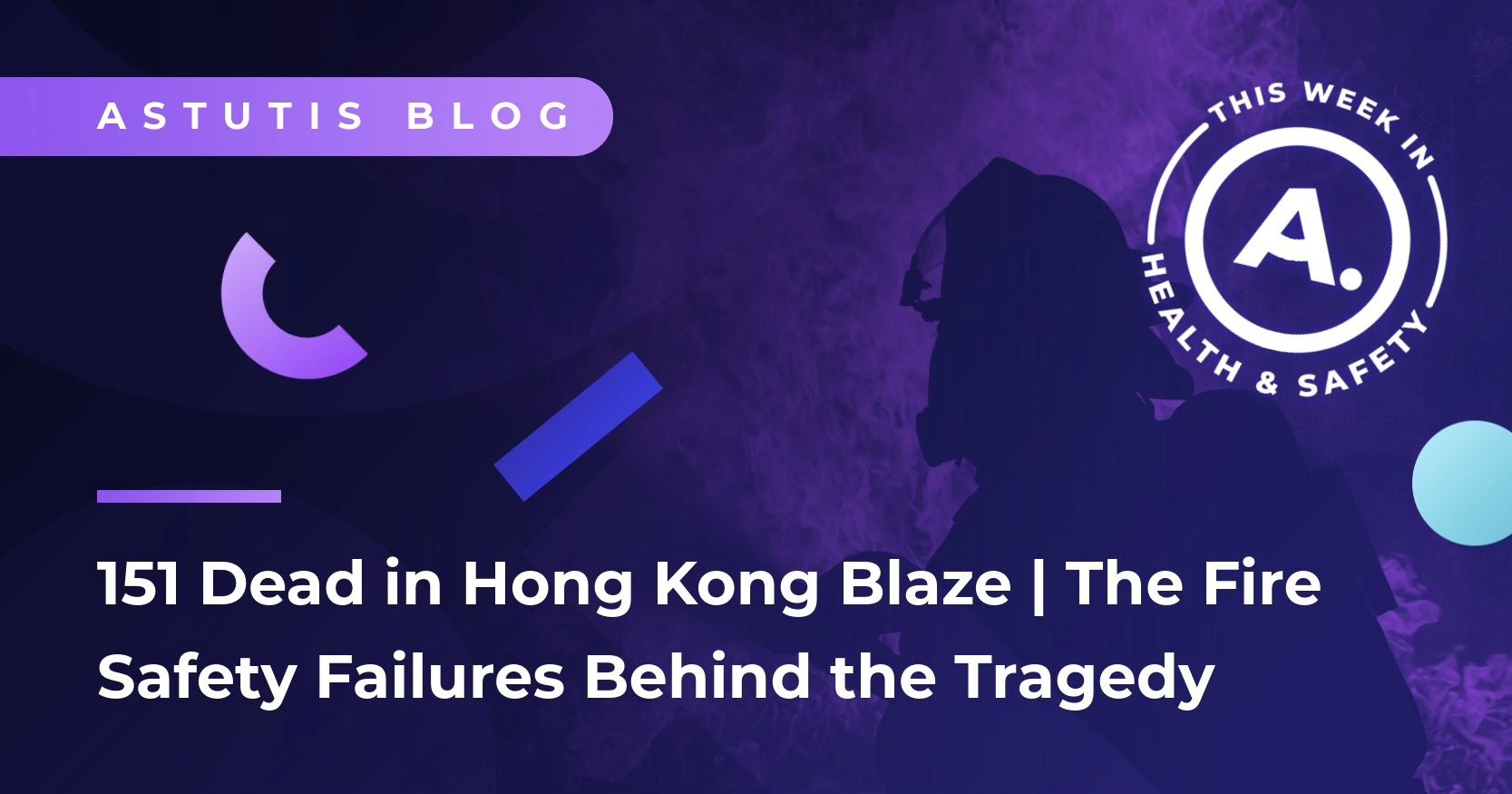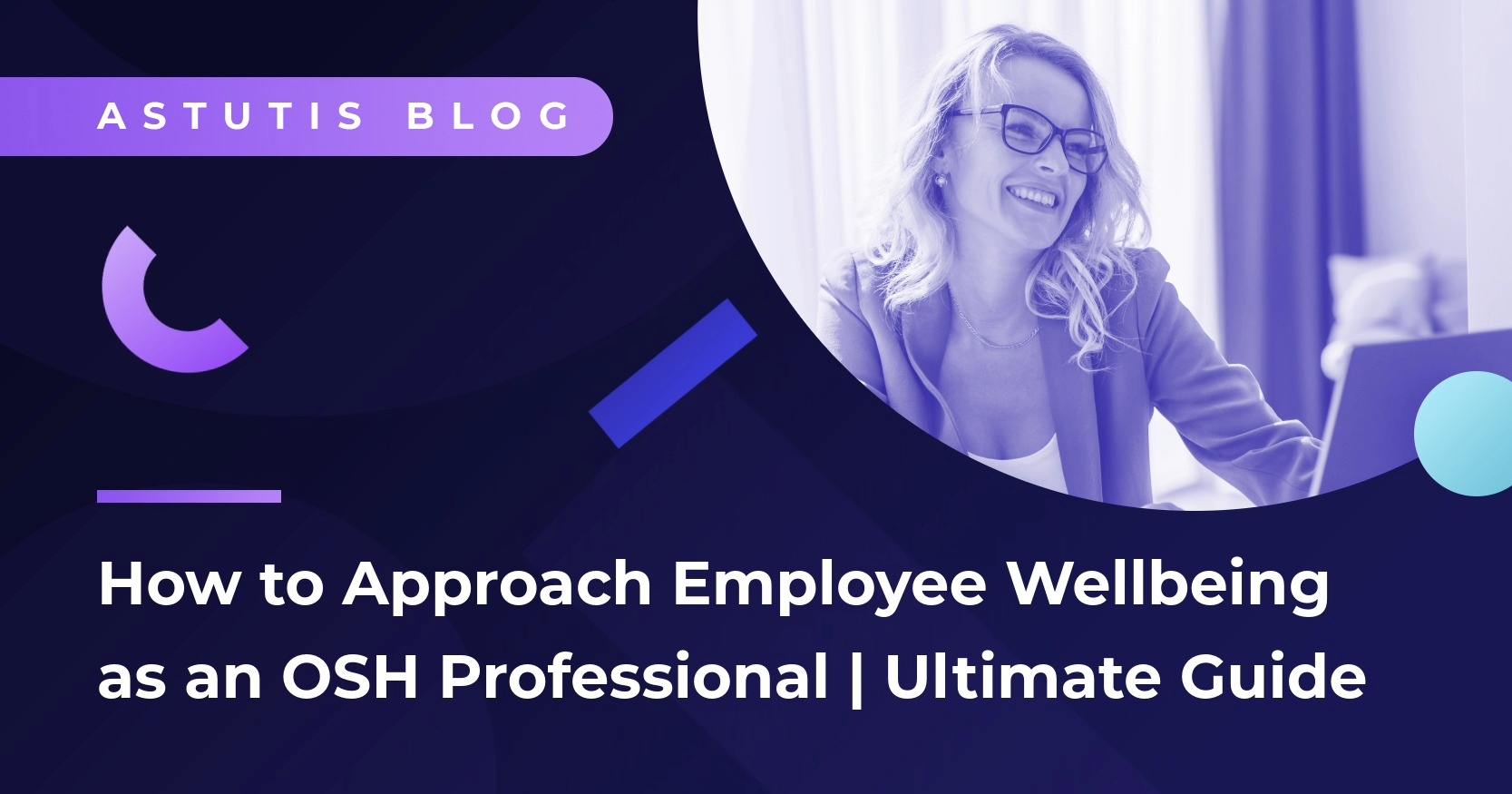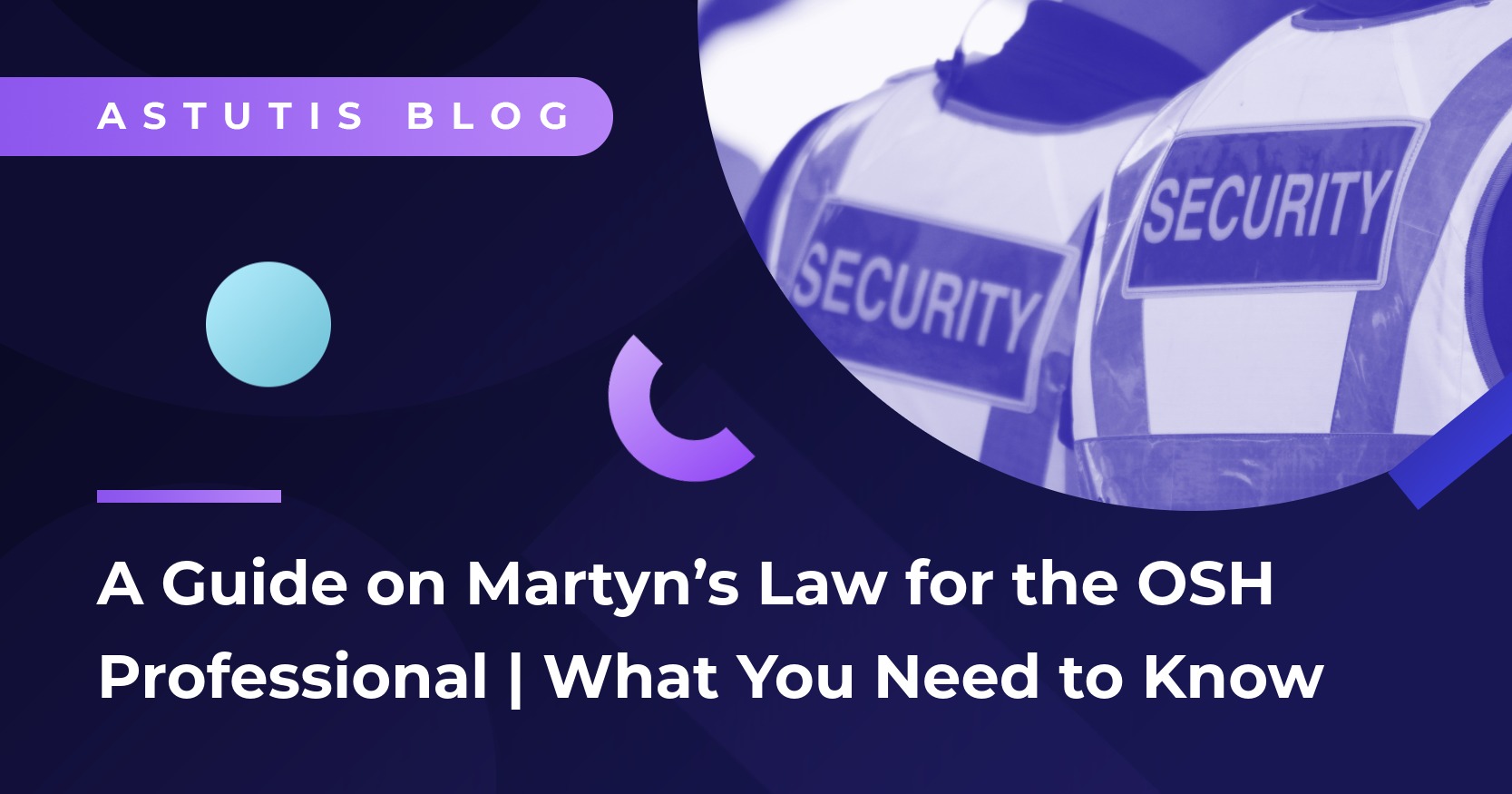Securing Practitioner Membership (PISEP) with the ISEP Certificate in Sustainability and Environmental Management
As a fellow of ISEP, formerly known as IEMA, and Chair and member of the Professional Standards Committee, I will share my experience of training people on ISEP courses to equip them to qualify them for the ISEP Practitioner Membership and do their job more effectively. Achieving the ISEP Practitioner Membership takes commitment and dedicated effort towards meeting the criteria, but if you follow our guidance, we can help to ensure your success.
What ISEP Courses Are Needed to Meet the Practitioner Membership Criteria?
There are two levels of course available which leads to a recognised professional standard, awarded by ISEP. The Environment Agency is expecting more organisations to be able to demonstrate that they have a manager with a level of competency to deal effectively with environmental issues.
ISEP courses offer a practical understanding of environmental and sustainability issues so you have the knowledge and tools to use in your job to make a positive difference.
ISEP Foundation Certificate in Sustainability and Environmental Management
If you haven't already in order to work through the appropriate method of training which starts with the ISEP Foundation Certificate in Sustainability and Environmental Management, formerly known as IEMA Foundation Certificate in Environmental Management. This course is not a direct requirement for the Practitioner Membership but we strongly recommend you complete it before moving on as it serves as an introduction to the concepts covered in the next step. If you've already completed the course feel free to move on to the ISEP Certificate in Sustainability and Environmental Management section.
The Foundation Certificate lasts 5 days and provides the basics on environmental issues and is a great starting point for your learning. Once you have passed this course, you can get an Associate level of ISEP membership. It offers the necessary foundation if you want to build a career in the environment and sustainability or if you have assumed these responsibilities in your job.
ISEP Certificate in Sustainability and Environmental Management
Once you have a foundation level of environmental/sustainability knowledge gained through work experience and/or a relevant course, you are ready to gain a detailed knowledge of environmental principles and management tools; the three week ISEP Certificate in Sustainability and Environmental Management, formerly IEMA Certificate in Environmental Management offers key Practitioner level skills and the opportunity to upgrade your membership status to the heavily desired tier.
This three-week course covers three core topics for each module:
- Module 1: Fundamentals of Sustainability, Business and Governance
- Module 2: Environmental Principles, Policy and Legislation
- Module 3: Environmental Management/Assessment Tools and Skills
Take a look at our blog to discover everything you need to know about the ISEP Certificate, formerly known as IEMA Certificate in Environmental Management.
Assessments
As is the case for all ISEP training, it adopts a practical approach and the assessment is made up of three assignments - one for each module that must be completed after each week of the course. The assignments are structured so that most learners can make it directly relevant to their own organisation. It is an opportunity for people to write about a relevant area of their job as part of the assignment and it gives them the chance to apply their learning directly to their role.
Once the course has been completed, and the attendee has passed their assessments, they are entitled to use PISEP- Practitioner membership of ISEP in their title. This is a well-recognised membership tier across the globe.
For more information about the ISEP Certificate in Sustainability and Environmental Management assessments, please visit our Exam Hub.
ISEP Practitioner Membership Level Benefits
Practitioner membership is not the end of the journey for the environmental professional. The next step on the rung of the ladder is to apply for Full membership of the ISEP , along with Chartered Environmentalist Status. Being an environmental professional really does have a recognised and rewarding career path, and working with forward thinking organisations can bring a great deal of satisfaction, a varied day, engagement with other like minded professionals in shaping the future through working groups, as well as supporting other areas of the organisation to succeed, and ultimately be more profitable.
As a part of your membership with ISEP, you have access to exclusive networking and career events, resources and offers.
Company Benefits of the ISEP Certificate in Sustainability and Environmental Management
So what benefits can your organisation get in return for three weeks of training? Firstly, cost savings. As any self respecting environmental professional will tell you, doing the right thing from an environmental perspective will actually save you money by mitigating any potential risk that could result in large fines and disruptions to operations and company performance. A practitioner level manager will have the understanding and awareness of the need to profile the areas where the business poses an environmental risk and implement control measures minimise the organisation’s exposure to these risks.
Chartered environmentalists play a key role in protecting the company’s brand and reputation especially if the company is working with higher risk sector materials.
Hard-hitting headlines of companies’ neglect of their environmental and sustainability responsibilities are a common feature of news bulletins. Customers are now voting with their wallets by boycotting businesses that cannot demonstrate a commitment to helping solve environmental and sustainability issues in the respective sectors.
Some of the negative outcomes include loss of life, injury/illness, pollution and environmental damage, in addition to eroded company share prices. Companies must also consider the risk to their reputation. Practitioner membership of ISEP is a widely respected benchmark achieved by environmental and sustainability experts driving positive change within business.
Growing Demand for Environmental Experts
Learners on ISEP approved environmental courses sometimes arrive with the notion that environmental issues are not too important. From my many years of teaching ISEP courses, the majority of learners finish their first day of training with a realisation that their role is not operating in a small standalone‘ environmental’ zone. They being to recognise that have a huge responsibility to their organisation. They come away with very long list of issues they can solve and will need to address as soon as they get back to the office.
The Importance of Sustainability and Environmental Training
Organisations need to get their Environmental Managers trained at least to an Associate level of ISEP but preferably Practitioner level to have the practical knowledge and competence to make the right business decisions for organisations to survive. As we mentioned earlier, enrolling on the ISEP Certificate in Sustainability and Environmental Management below is a sure fire way to get you there.
Related Blogs

Real Life Stories










